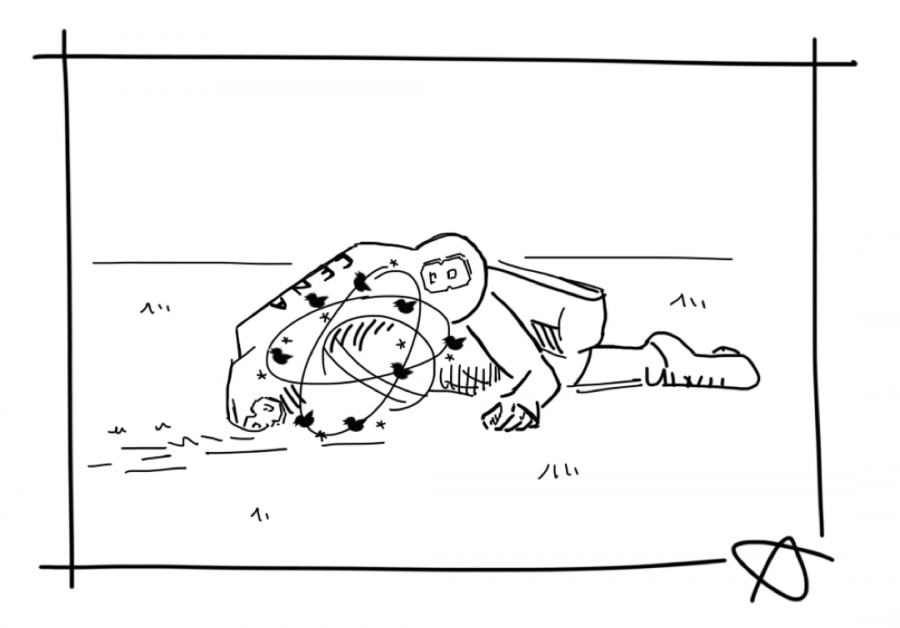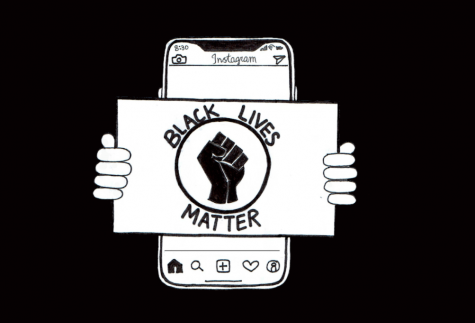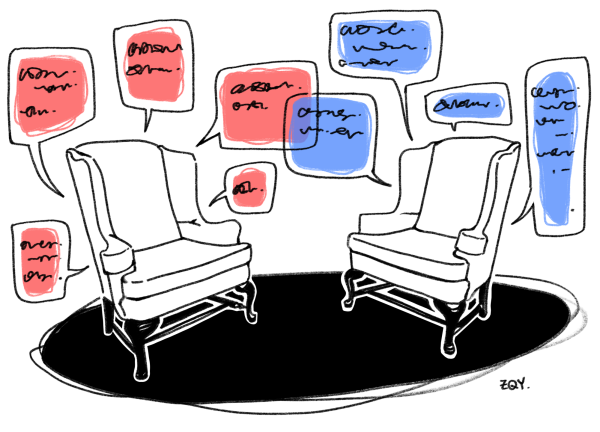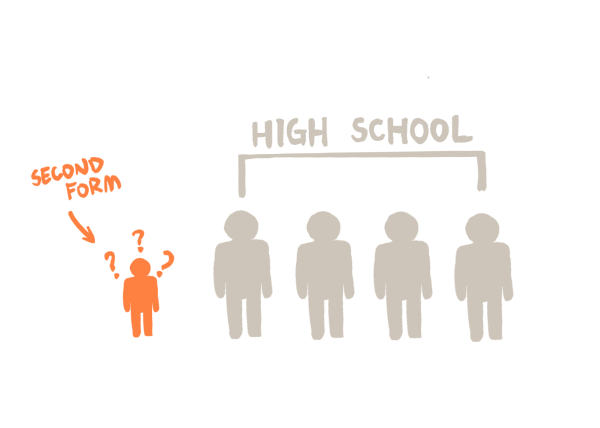Concussions and the NFL: A $13 Billion Headache
Professional football’s high-energy impacts can easily daze players.
With another exciting Super Bowl in the books and a growing fan base for the event overseas, it would seem that the National Football League has nowhere to go but up. In fact, according to the latest estimates by Forbes Magazine, the organization is set to make upwards of thirteen billion dollars this year, having increased their profits by about 750 million dollars for each of the past six years. While these numbers look promising for the future of the league, America’s most viewed sport has been under attack for the past few years regarding the safety of the game. Concussions and head trauma are a problem that the NFL cannot avoid and are an issue that must be solved for the sport to preserve its popularity.
In a study conducted by researchers at Boston University in 2014, scientists attempted to discern the frequency of chronic traumatic encephalopathy (CTE) among former NFL players. CTE, a condition caused by repeated instances head trauma, is a crippling disease that can lead to memory loss, depression, and dementia. From the shocking results of 165 autopsies, researchers observed CTE in the brains of 96 percent of former NFL players and 79 percent of men who had played at the high school level or higher. The terrifying results of this recent study, along with the already identified prevalence of concussions for football players at all levels, pose a serious threat to the future of the sport. With millions of dedicated fans and a multi-billion dollar industry at stake, there are unsurprisingly quite a few people working to quickly address this problem.
One attempt at tackling the issue has been from the Seattle-based company VICIS, which advertises its advanced football helmet technology as the best current protection against concussions and head trauma. Using a specially designed inner shell, VICIS’s helmets minimize the rotational forces associated with concussions and head trauma and have already been adopted by numerous players. The helmet, however, is not a mass market solution at its current price of 1,500 dollars and only reduces the risk of concussions. It is less of a solution than a precaution.
Perhaps the most likely solution to the NFL’s problem is a rule change. The league has already begun to increase fines and penalties for helmet-first hits and has started to strictly enforce concussion protocol and reporting. These slight changes in the rules, however, will not be enough to prevent the sport’s dramatically increasing amount of reported concussions. While I am not sure how the NFL could alter the rules to eliminate concussions and head trauma while still maintaining the physical aspect of the game, it does seem that a drastic rule change could be necessary to preserve the future of the sport.
At the youth level, more significant changes have been proposed including a decrease in players on the field, a smaller field, and the elimination of kickoffs and punts. Although some might argue that rule changes like these will ruin the spirit of the game, there is no question that measures must be taken to improve the safety of the game. According to a 2015 Sports and Fitness Industry Association report, football participation dropped by 3.7% between 2009 and 2014. If the sport does not change public perception about its safety quickly, the talent pool of young players could begin to shrink dramatically. While the solution to the issue of concussions in the NFL is still uncertain, it is clear that it is a problem that cannot be ignored if football is to survive.









